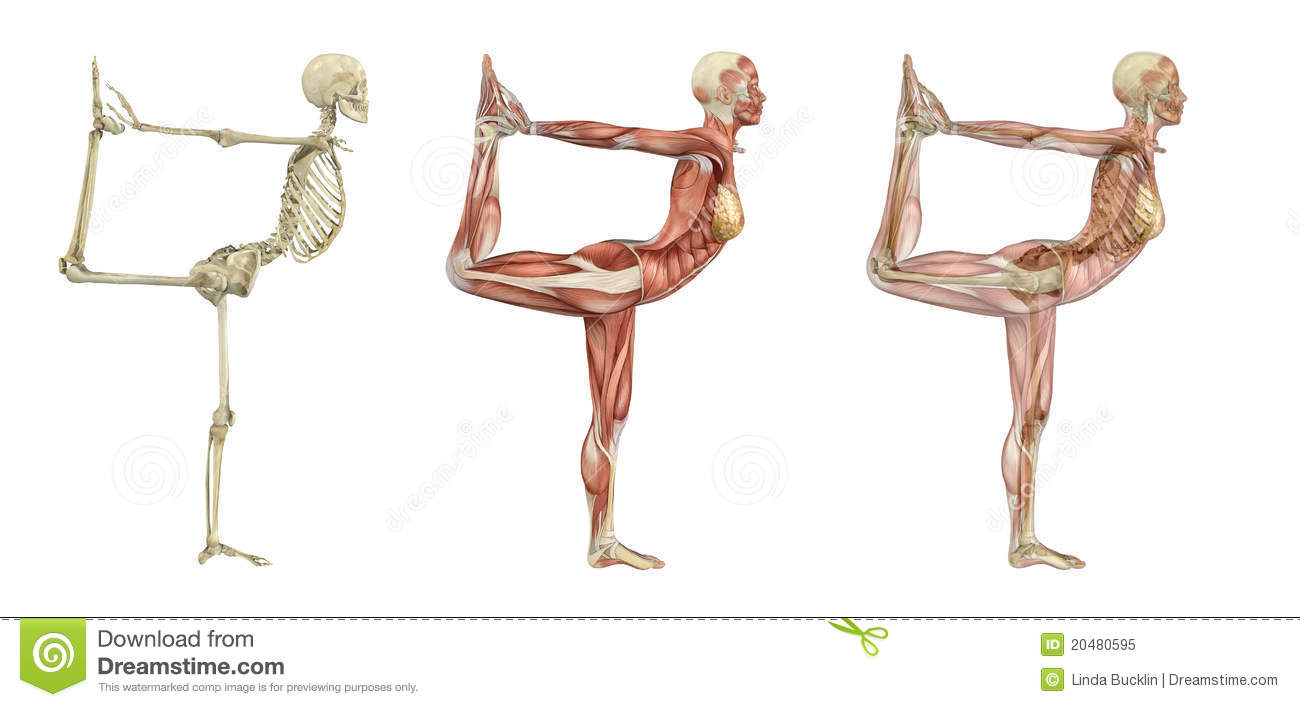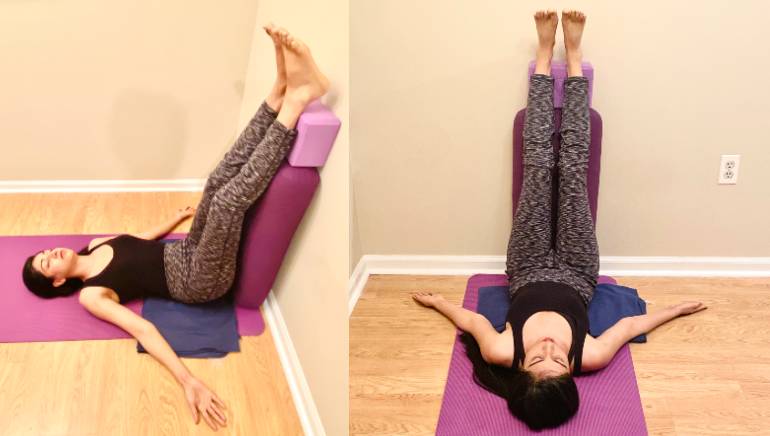
Popular websites promote yoga as a way to treat erectile dysfunction. This is a problem that many men face. Many yoga asanas can be used to treat erectile problems. A number of websites have published studies that prove the effectiveness of these exercises in improving male sexual function. In this study, 65 males from Mumbai were instructed to practice yoga for 12 consecutive weeks.
Uttanpadasana is a well-known pose for ED. It involves raising your legs. This exercise stretches the psoas muscles, which are located on either side of the vertebral column in the lumbar region of the male body. It also stretches hip flexor muscles, which aid in bending the knees. This pose improves blood circulation in the lower abdomen, and helps a man get an erection.

Uttanpadasana a classic pose for the pelvic muscle is an example of a traditional yoga position. By engaging the glutes and quads, this pose increases the amount of testosterone in the body. This pose also strengthens the hip flexor muscles as well as the psoas (two types of muscle found in the pelvic area). This is a great exercise for overcoming erectile dysfunction. Regular practice will help you eliminate your symptoms.
The peroneal muscles are the most effective yoga pose for erectile dysfunction. They help to maintain erectile rigidity. This is the most effective pose for beating erectile dysfunction. Paschimottanasana requires that you lie down on the floor. You should then stretch your legs. Next, use your thumb and index fingers to hold the other's big toe.
Different poses aid in improving sexual function as well as preventing erectile disfunction. YouTube has many beginner-friendly tutorials. Try practicing yoga with a partner to increase its benefits. It's especially beneficial for those suffering from ED as it helps increase blood flow and reduce stress levels. Although the benefits of yoga for erectile disorders are well-known, further research is required to confirm their effectiveness.

It is possible to immediately feel the benefits yoga has on erectile disfunction. It improves blood circulation and improves erectile function. Also, yoga for erectile disorders isn't as quick-acting and must be modified in order to not compromise the lower body. These poses may be helpful in relieving erectile problems.
The wind-relieving position is the best pose for erectile disorder. This is a forward-bending seated position that strengthens the peroneal muscle. This pose can delay ejaculation and relieve stress. It also stimulates reproductive organs. It is important to practice this posture with a straight spine and erect shoulders. Once you've mastered this posture, it'll be easy to achieve an erectile erection and relieve your symptoms.
FAQ
What is the problem of BMI?
BMI stands For Body Mass Index. This refers to the measurement of body fat using height and weight. This formula calculates BMI.
Weight in kilograms divided by height in meters squared.
The result is expressed using a number from 0 through 25. A score greater than 18.5 is considered overweight. A score greater than 23 is considered obese.
A person of 100 kg with a height of 1.75m will have 22 BMI.
What can you do if your immune system is weak?
Human bodies are made up of trillions upon trillions of cells. Each cell is responsible for creating organs and tissues with specific functions. One cell is replaced by another when it dies. Cells also communicate with each other using chemical signals called hormones. All bodily processes are controlled by hormones, including metabolism and immunity.
Hormones refer to chemicals produced throughout the body by glands. They are chemicals that travel through the bloodstream and function as messengers to control how our bodies work. Some hormones are made internally, while others are created outside the body.
Hormone production occurs when hormone-producing cells release their contents into your bloodstream. Once hormones are released they move through the bloodstream until they reach their intended organ. Sometimes hormones stay active for only a short time. Some hormones remain active for longer periods of time and can continue to have an impact on the body's function long after they are gone.
Some hormones are made in large quantities. Others are only produced in very small quantities.
Some hormones only are produced during certain periods of life. For instance, estrogen is produced during puberty, pregnancy, menopause, and old age. Estrogen aids women in developing breasts, maintaining bone density and preventing osteoporosis. It promotes hair growth as well as keeping skin soft and smooth.
Why should we have a healthy lifestyle to begin with?
Healthy lifestyles lead to happier and longer lives. Healthy eating habits, regular exercise, healthy sleep habits, stress management, and good sleep habits can help to prevent heart disease, stroke, diabetes, cancer, and other serious diseases.
A healthy lifestyle will improve our mental well-being and help us deal better with everyday stressors. Having a healthy lifestyle will also boost our self confidence and help us look and feel younger.
What are the 7 best tips to lead a healthy, happy life?
-
You should eat right
-
Exercise regularly
-
Sleep well
-
Drink lots of water
-
Get enough rest
-
Be happy
-
Smile often
How often should I exercise
For a healthy lifestyle, exercise is vital. However, there isn't a set amount of time you must spend working out. It is important to find something that you enjoy and stay with it.
When you exercise three times per week, aim for 20-30 minutes moderate intensity. Moderate intensity means you'll still be breathing hard after you've finished. This type is good for burning around 300 calories.
Walking is a great option if you are a keen walker. You can do 10-minute walks four days per week. Walking is low impact and easy on your joints.
If you'd rather run, try jogging for 15 minutes three times a week. Running can help you burn calories and to tone your muscles.
Begin slowly if your are not used to working out. Start by doing 5 minutes of cardio each day, a few times per week. Gradually increase the amount of cardio you do until you reach your goal.
What is the difference of a virus from a bacteria?
A virus is a microscopic organism that cannot reproduce outside its host cell. A bacterium, a single-celled organism, reproduces by splitting into two. Viruses can be as small as 20 nanometers, while bacteria can grow up to 1 micron.
Viruses can be spread by contact with bodily fluids containing infected substances, such as saliva, urine and semen. Bacteria is usually spread directly from surfaces or objects contaminated with bacteria.
Viral infections can also be introduced to our bodies by a variety of cuts, scrapes or bites. They may also get into the body through the nose and mouth, eyes, ears or rectum.
Bacteria can enter our bodies through wounds, cuts, scrapes, burns, insect stings, or other breaks in our skin. They can also enter our bodies from food, water, soil, dust, and animals.
Both bacteria and viruses cause illness. However, viruses cannot reproduce within their hosts. Viral infections can only cause diseases in living cells.
Bacteria can grow in their hosts and cause disease. They can also invade other parts of your body. They can even invade other parts of the body, which is why antibiotics are necessary to eradicate them.
Statistics
- The Dietary Guidelines for Americans recommend keeping added sugar intake below 10% of your daily calorie intake, while the World Health Organization recommends slashing added sugars to 5% or less of your daily calories for optimal health (59Trusted (healthline.com)
- WHO recommends consuming less than 5% of total energy intake for additional health benefits. (who.int)
- In both adults and children, the intake of free sugars should be reduced to less than 10% of total energy intake. (who.int)
- WHO recommends reducing saturated fats to less than 10% of total energy intake; reducing trans-fats to less than 1% of total energy intake; and replacing both saturated fats and trans-fats to unsaturated fats. (who.int)
External Links
How To
How to Keep Your Body Healthy
The main goal of this project was to make some suggestions on how to keep your body healthy. Understanding how to maintain health is the first step in maintaining your health. We had to learn what was good for our bodies in order to do this. After looking at various ways people can improve their health, we discovered that there are many options that could be of help to us. We finally came up with some tips to help us be happier and healthier.
We started by looking at different kinds of food. We discovered that some foods are not good for us and others are better. We now know that sugar can be dangerous because it can cause weight gain. However, vegetables and fruits are good for us as they have vitamins and minerals that our bodies need.
Next, we looked at exercise. Exercise is good for our bodies and gives us energy. It also makes us feel happy. There are many different exercises we can do. Running, swimming, dancing, lifting weights, and playing sports are some examples. Yoga is another way to improve your strength. Yoga is a great workout because it increases flexibility and improves breathing. It is important to avoid junk food, and drink lots of water, if we wish to lose weight.
Finally, we talked about sleep. Sleep is the most important thing we do each and every day. When we don't get enough sleep, we tend to become tired and stressed. This can lead to headaches, back pain and other health problems, such as depression, heart disease, diabetes, heart disease, and obesity. It is essential that we get sufficient sleep in order to keep our health good.